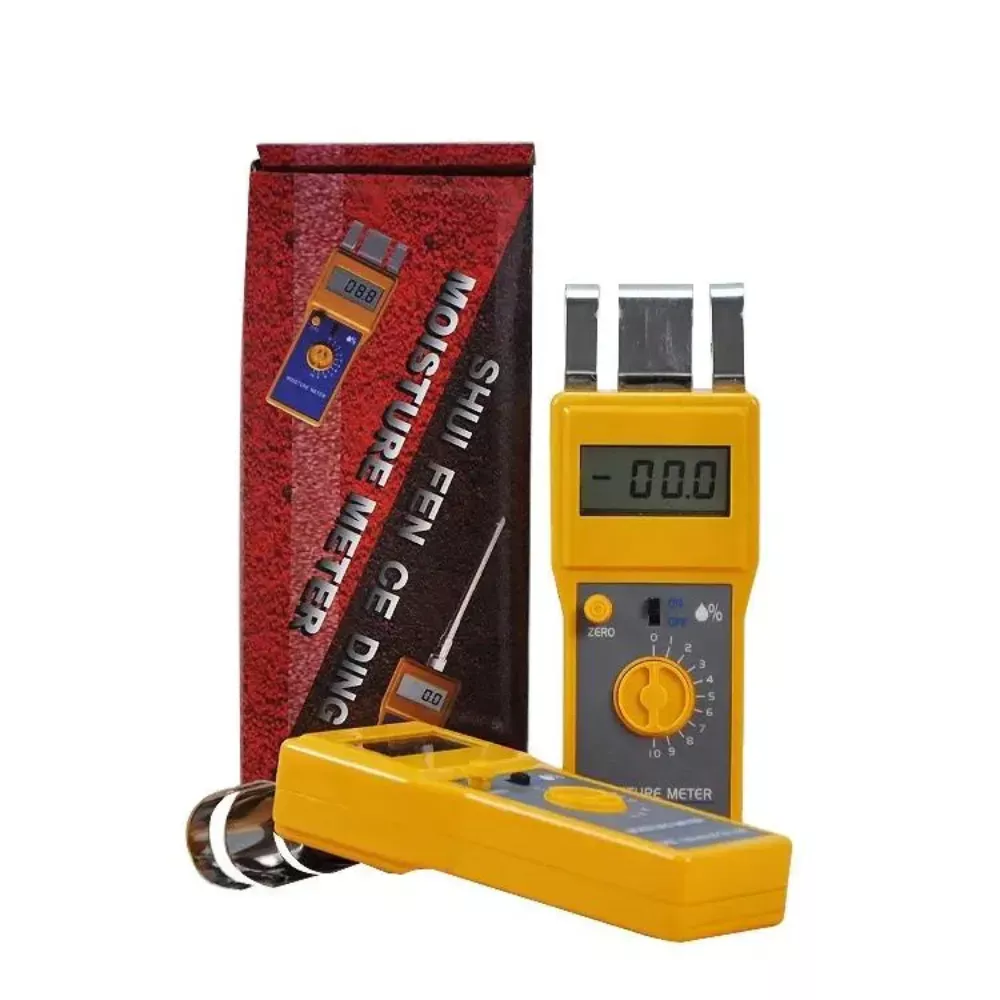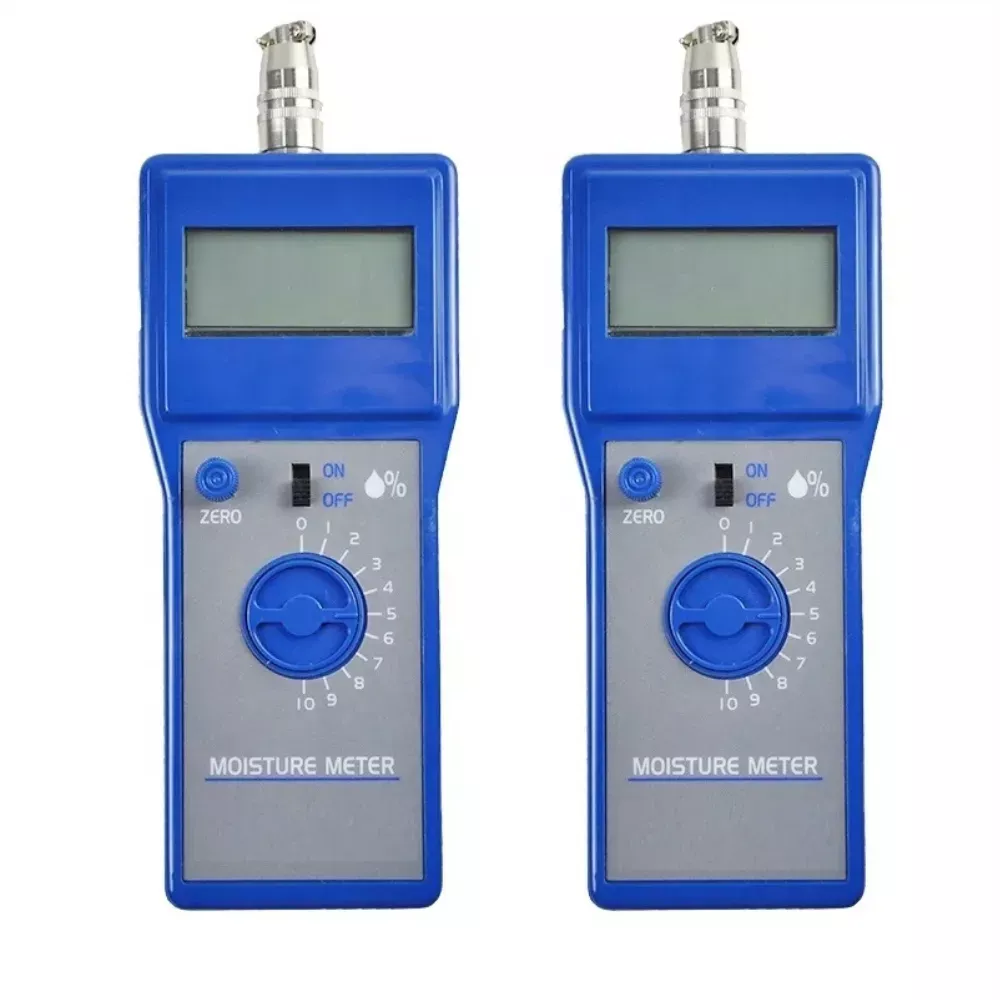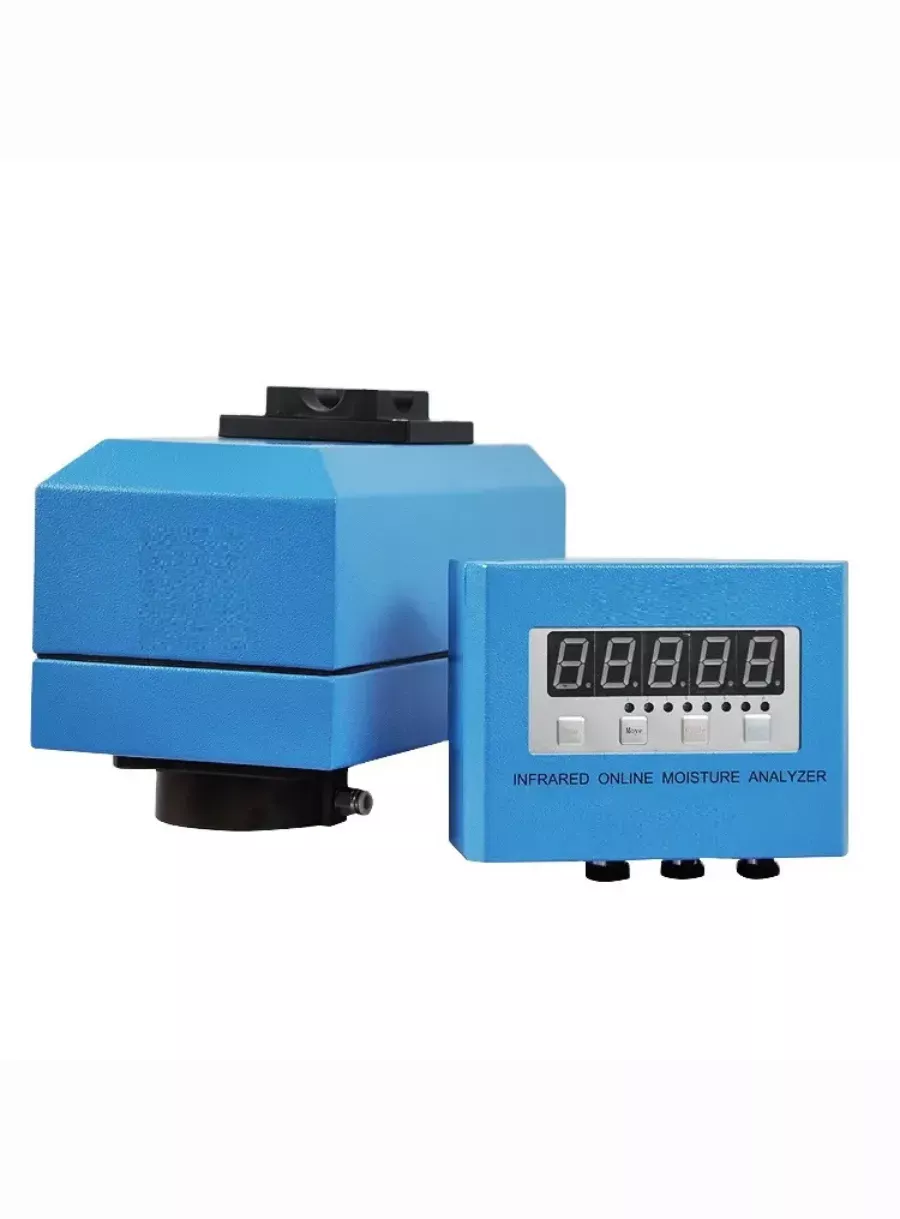
Explore The History of Moisture Meters
Table of Contents
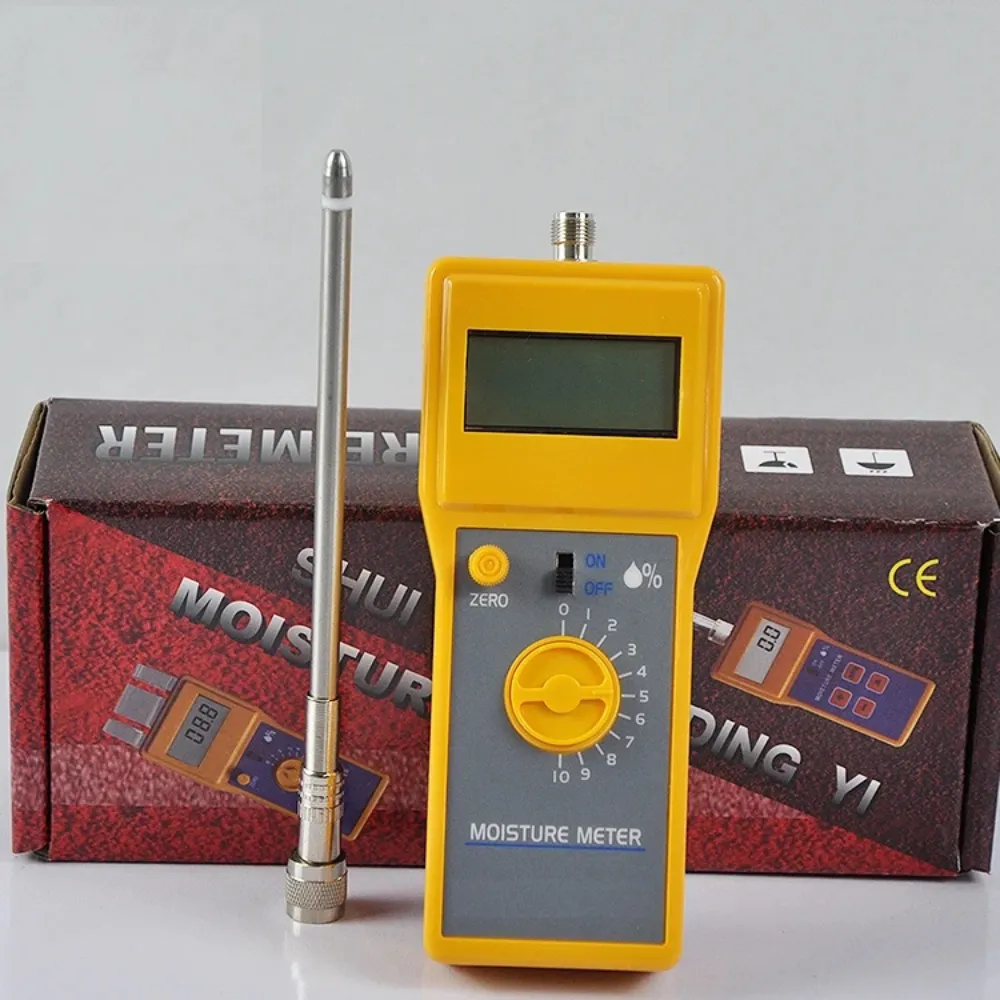
The development of moisture meters can be traced back to the increasing need for precision in various industries, particularly in food preservation and agriculture. Early methods of measuring moisture content relied heavily on indirect techniques, which, while faster and requiring minimal sample preparation, were less reliable compared to direct measurement methods.
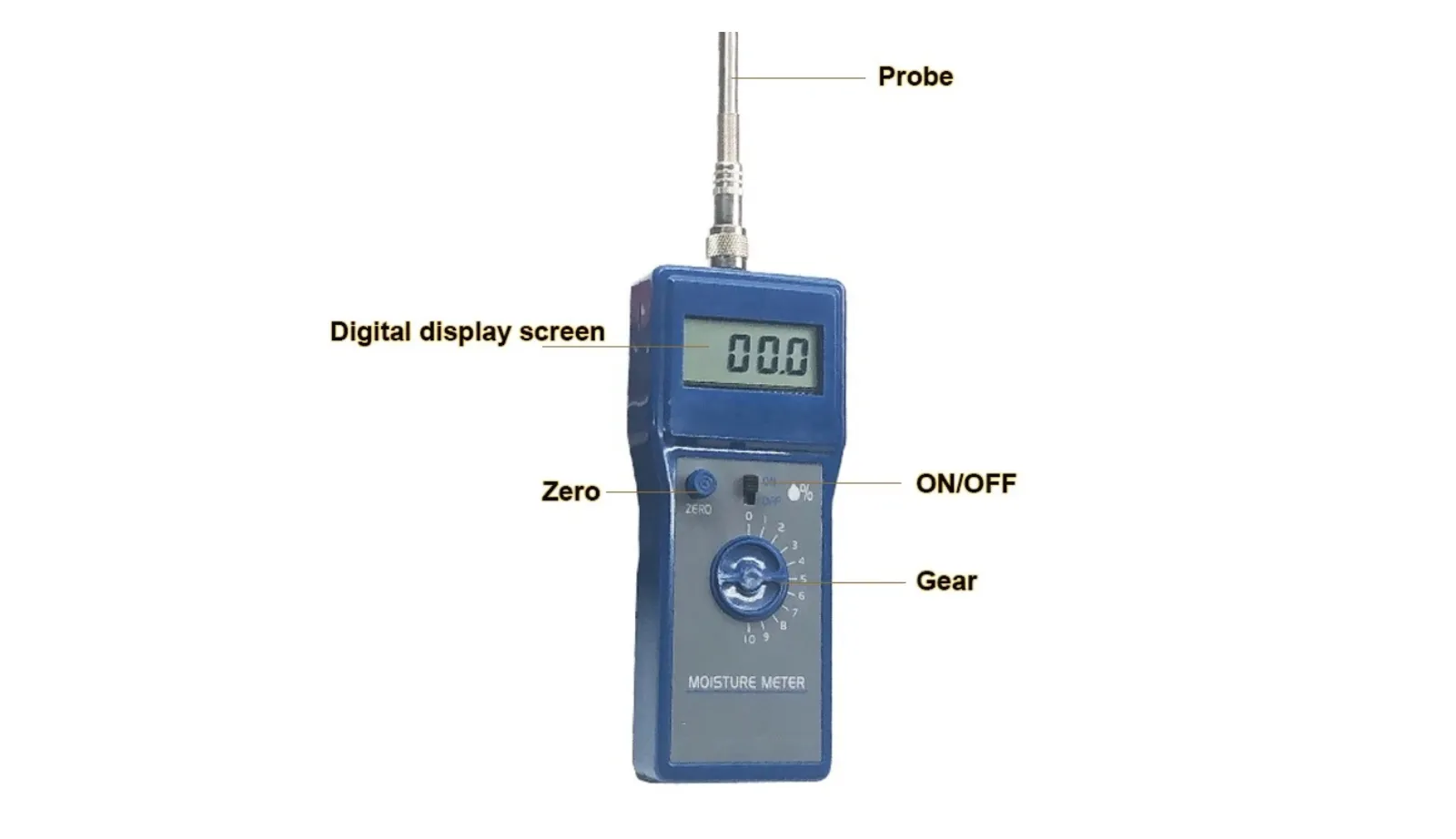
These methods evolved over time, incorporating technologies such as refractometry and infrared absorption. As agriculture and food processing advanced, particularly during the 20th century, the importance of moisture control became evident. For instance, the University of Georgia Cooperative Extension published its 6th edition of “So Easy To Preserve” in 2020, highlighting modern preservation techniques and the significance of moisture management in food quality and safety.
In terms of specific technological advancements, the introduction of electronic moisture meters brought significant improvements. Devices such as pin-type and pinless moisture meters emerged, allowing users to measure moisture content more accurately across various materials, including dried fruits.
The accuracy and reliability of these devices were further enhanced with features such as calibration options and the ability to assess multiple material types. Throughout this evolution, moisture meters have become essential tools not just in the food industry but also in construction, woodworking, and agriculture, playing a crucial role in preventing spoilage and ensuring product integrity.
Comments
Tags
Frequently Asked Question
Early methods relied on indirect techniques, which were faster but less reliable compared to direct measurement methods.
They evolved to incorporate technologies such as refractometry and infrared absorption, with electronic moisture meters bringing significant improvements in accuracy.
Pin-type and pinless moisture meters were developed, allowing for more accurate moisture content measurement across various materials.
Moisture meters are essential in food preservation, agriculture, construction, and woodworking industries for preventing spoilage and ensuring product integrity.

